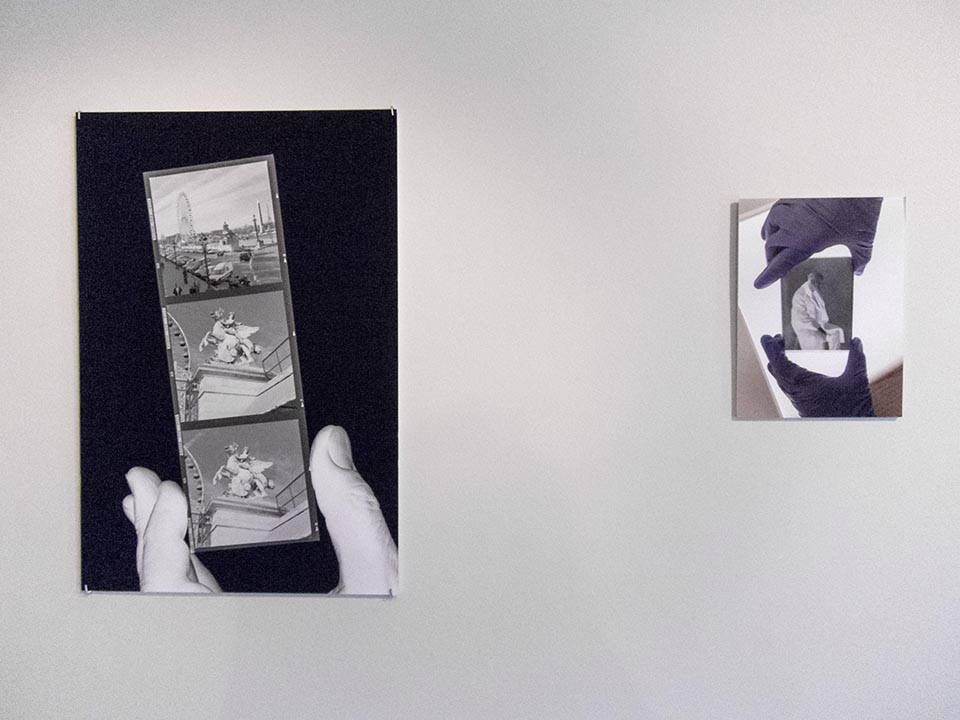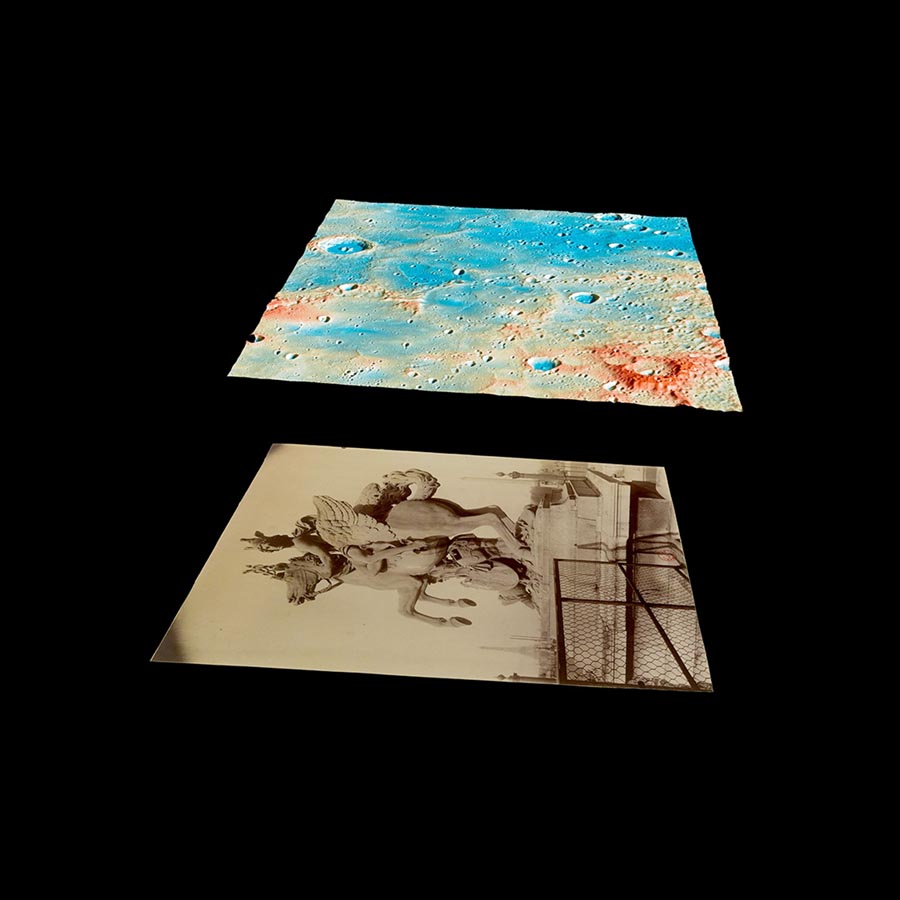Hermes (2015)


The project titled Hermes began with an obscure photograph by the French photographer Eugene Atget. Jardin des Tuileries, Mercure, par Coysevox, 1906 depicts the sculpture of Mercury by Coysevox (1702) that is located at the gate to the Place de la Concorde in Paris. The sculpture is formally bracketed by the Eiffel Tower on the left and the Luxor Obelisk on the right. The photograph presents an axiomatic document of Parisian monuments. The juxtaposition of the two monuments unites ancient Egyptian culture and European colonization with the advent of revolution, liberal democracy and modernity.
The removal and relocation of Egyptian obelisks to Rome, Paris, London and New York City have been the privilege of imperialism as well as the justification for state relationships established through a spurious exchange of gifts. The Luxor Obelisk was the gift of the Ottoman Albanian ruler of Egypt, Muhammad Ali, to the people of France. Replacement creates value. In each case, we can witness the symbolic and sacrificial gift of the sun reduced to the status of a debt. Today, the Luxor Obelisk is located on the site where the guillotine was used to conduct public executions during the French Revolution.
On August 3, 2004, NASA’s MESSENGER spacecraft was launched into the solar system. On March 17, 2011, MESSENGER became the first spacecraft to orbit the planet Mercury. On April 30, 2015, the spacecraft impacted the surface of Mercury after eleven years of travel. During the mission, a dark crater in the Caloris Basin was given the name Atget after the French photographer Eugene Atget. With a diameter of 100km, Atget is one of the largest craters in the Caloris Basin. Understanding the variety of bright and dark materials associated with different craters will provide insight into Mercury's composition and the processes that acted on Mercury's surface.







Robert Bean @2020